What Language Is Spoken in Allahabad (Prayagraj)?
When you walk through the crowded streets of Allahabad-now officially called Prayagraj-you hear a mix of voices. Some speak quickly with a rhythmic lilt, others with a slower, more formal tone. You might catch a phrase in Hindi, a sentence in Urdu, or even a joke in Bhojpuri. But if you ask someone what language they speak here, most will say the same thing: Hindi.
Hindi Is the Main Language
Hindi is the everyday language of Prayagraj. It’s what people use at the market, in schools, on buses, and in government offices. Over 80% of the city’s population speaks Hindi as their first or second language. The version spoken here isn’t the polished Hindi you hear on TV news. It’s the local dialect called Khari Boli, mixed with a strong Awadhi influence from nearby regions. You’ll hear words like chhote instead of chhota, or ho gaya instead of hua. These small differences make the local speech feel warm and familiar to residents.
Official signs, school textbooks, and city announcements are all in Hindi. Even younger people who grew up watching English-language YouTube videos or streaming Netflix still switch to Hindi when talking to their grandparents or buying groceries. Hindi isn’t just a language here-it’s the glue that holds daily life together.
Urdu Has Deep Roots
Don’t be surprised if you hear someone speaking Urdu in the old parts of the city, especially near the Allahabad Fort or the Jama Masjid. Urdu has been spoken here for over 200 years. During British rule, Prayagraj was a center for Muslim scholars, poets, and administrators. Urdu was the language of courts, literature, and religious education.
Today, Urdu is still used in mosques, madrasas, and by older generations. Many families in Prayagraj are bilingual-Hindi at home, Urdu during prayers or festivals. You’ll see Urdu poetry written on shop signs near Chowk, and you can still find handwritten Urdu letters in the post offices. The city even hosts an annual Urdu mushaira (poetry gathering) that draws poets from across Uttar Pradesh.
What’s interesting is that Hindi and Urdu in Prayagraj are more similar than different. The grammar is nearly identical. The main difference is the script: Hindi uses Devanagari, Urdu uses Perso-Arabic. But spoken aloud, they sound almost the same. A local might say, “Main khaana kha raha hoon,” whether they’re writing it in Hindi or Urdu.
Other Languages You Might Hear
Prayagraj isn’t just Hindi and Urdu. It’s a city of migration. Every year, thousands come from rural areas of eastern Uttar Pradesh, Bihar, and Jharkhand to study, work, or visit the Kumbh Mela. That means you’ll hear Bhojpuri, Awadhi, Magahi, and Maithili in the streets.
Bhojpuri, in particular, is common among laborers, rickshaw drivers, and street vendors. You’ll hear phrases like “Kahaan ja raha hai?” or “Thoda paani do.” Many of these speakers are fluent in Hindi too, but they use their mother tongue at home or with friends from the same village.
There’s also a small but growing number of people who speak English, especially among university students, professionals, and those working in call centers. The University of Allahabad, founded in 1887, still attracts students from across India. You’ll hear English in lecture halls, research labs, and sometimes even in casual chats between friends.
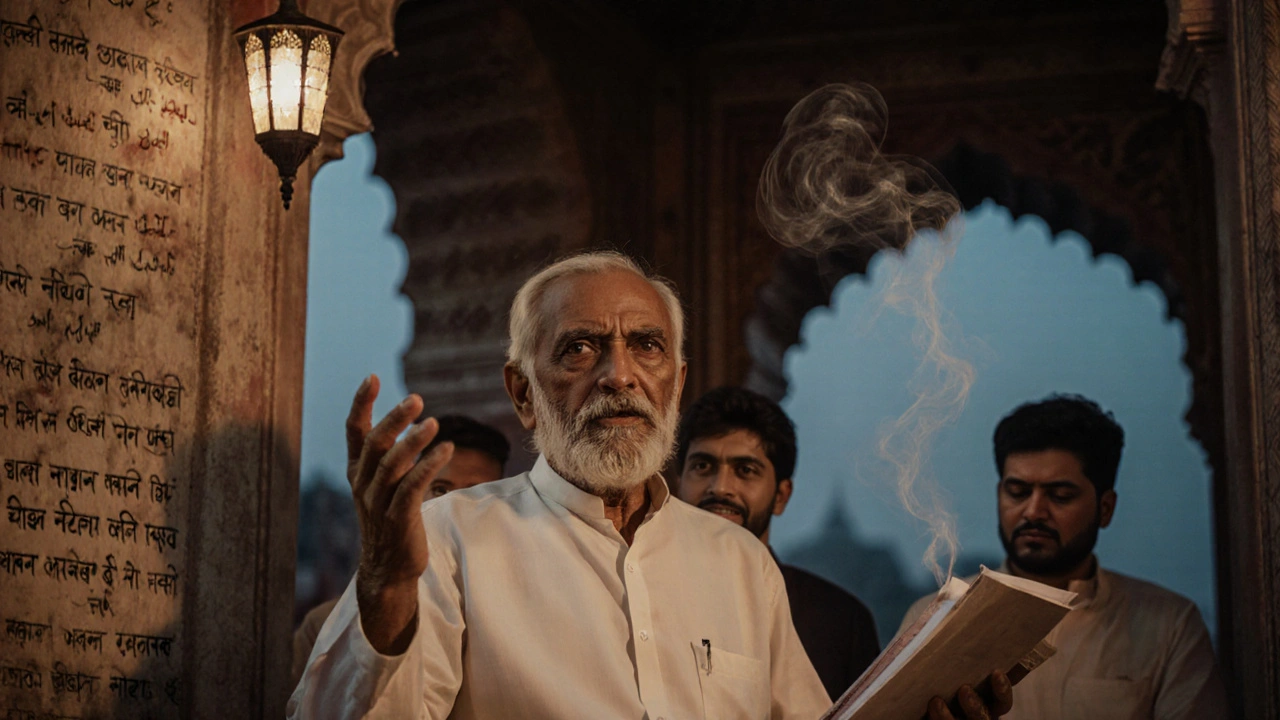
English Is Growing, But Not Dominant
English is present, but it’s not the language of daily life. You won’t find English menus in local dhabas or English signs in small shops. But if you walk into the University of Allahabad’s library, or a corporate office near Civil Lines, you’ll hear English being used for academic discussions or business meetings.
Most locals who speak English learned it in school. They use it for exams, job interviews, or when dealing with outsiders. But when they go home, they switch to Hindi. English is seen as useful, not native. It’s a tool, not a home language.
Why the Name Change Matters
In 2018, the government officially renamed Allahabad to Prayagraj. The change wasn’t just symbolic-it reflected a deeper cultural shift. The name “Prayagraj” comes from the ancient Sanskrit term for the confluence of the Ganges, Yamuna, and Saraswati rivers. The city has been a spiritual center for over 3,000 years.
While the name changed, the languages didn’t. Hindi and Urdu still dominate. The renaming didn’t erase history-it just reminded people of their roots. Many older residents still say “Allahabad” out of habit. Younger people use “Prayagraj” in official contexts but still say “Allahabad” when talking to family.
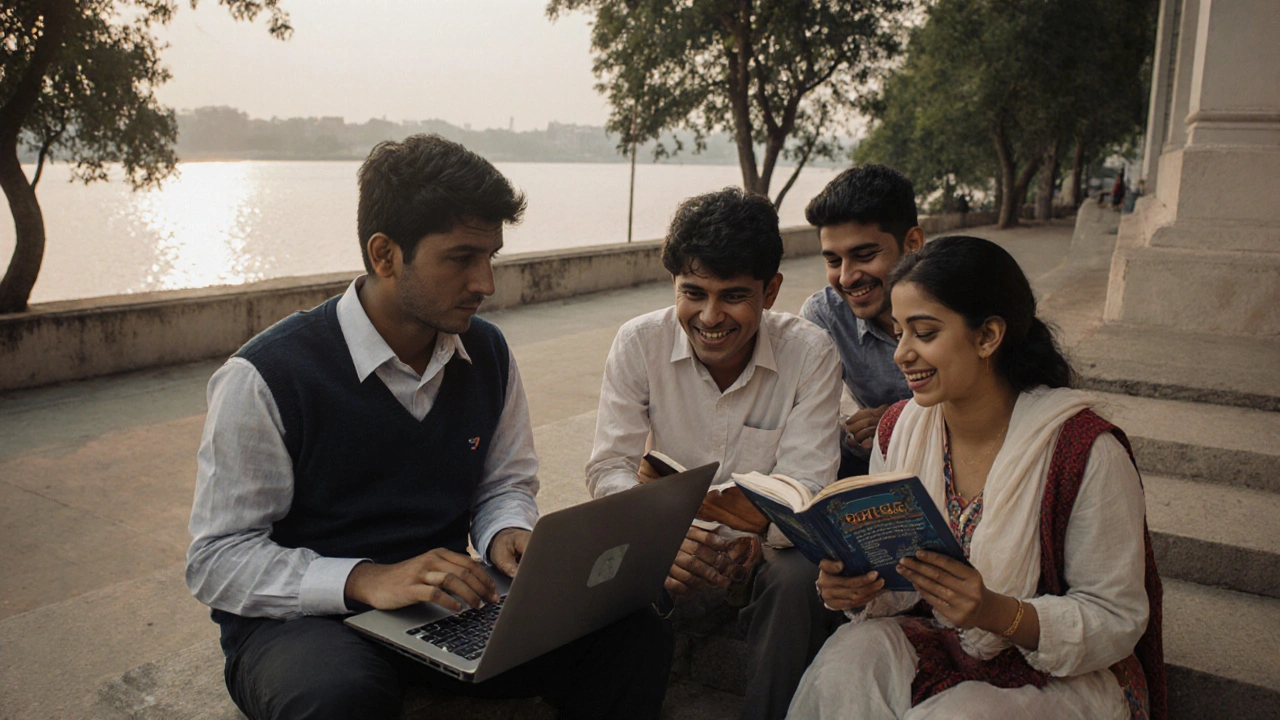
What You’ll Actually Hear on the Street
Here’s what real conversations sound like in Prayagraj:
- At a chai stall: “Ek chai aur do samose, bhaiya!” (One more tea and two samosas, brother!)
- In a market: “Yeh dhaan kaisa hai? Kya yeh khushk hai?” (How’s this rice? Is it dry?)
- On a bus: “Kya yeh gaadi Prayagraj Junction ja rahi hai?” (Is this bus going to Prayagraj Junction?)
- At a temple: “Aaj phir Kumbh ka time hai, na?” (Is it time for Kumbh again?)
You’ll notice that even when people use English words-like “ticket,” “bus,” or “time”-they wrap them in Hindi grammar. It’s not broken Hindi. It’s living, breathing language mixing.
Language and Identity in Prayagraj
Language here isn’t just about communication. It’s tied to identity. Speaking Hindi connects you to the city’s modern life. Speaking Urdu connects you to its scholarly past. Speaking Bhojpuri connects you to your village roots. And speaking English? That’s often about opportunity.
Most people don’t see these languages as rivals. They see them as layers. Like the layers of the Ganges’ silt, each one adds depth. A student might write an essay in English, pray in Urdu, chat with friends in Hindi, and call their mother in Bhojpuri-all in one day.
That’s the real story of language in Prayagraj. It’s not about choosing one. It’s about using all of them, depending on who you’re with and where you are.
What Visitors Should Know
If you’re visiting Prayagraj, you don’t need to learn a new language. Hindi will get you everywhere. Even if you only know basic phrases like “Namaste,” “Dhanyavaad,” or “Kitna hai?”, people will help you. Most locals are happy to slow down and repeat things if you’re struggling.
Don’t worry if you hear Urdu or Bhojpuri and don’t understand. It’s not meant to exclude you-it’s just how life sounds here. And if you ask someone about the languages they speak, they’ll likely smile and say, “Sab kuch mila-jula.” Everything’s mixed together.
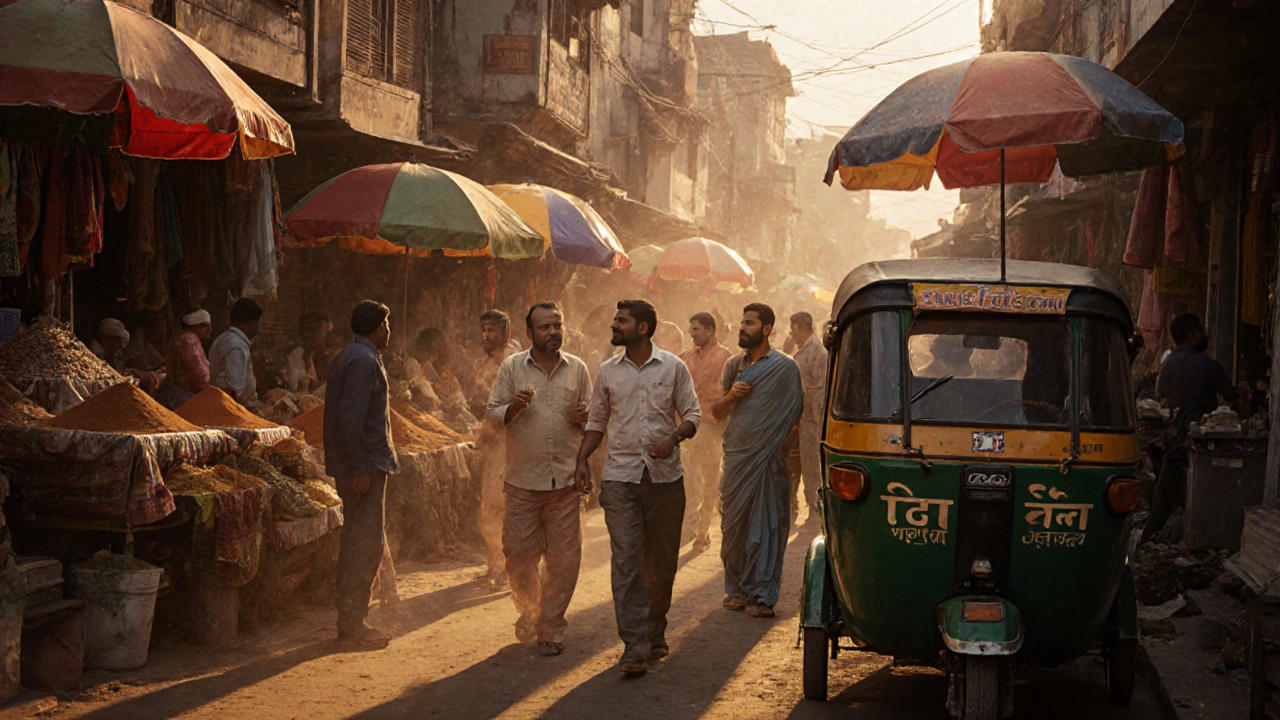
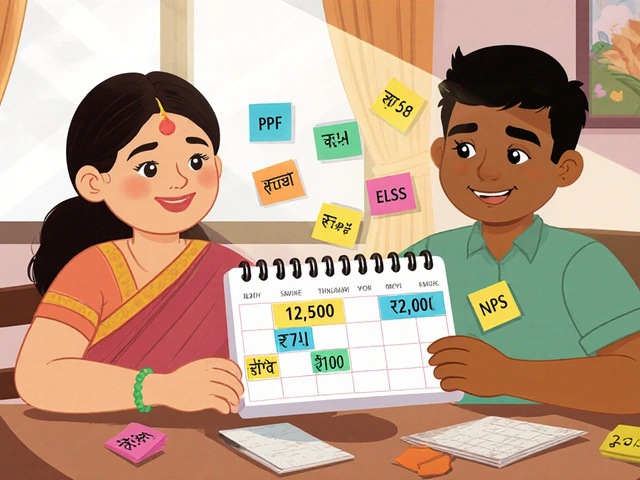
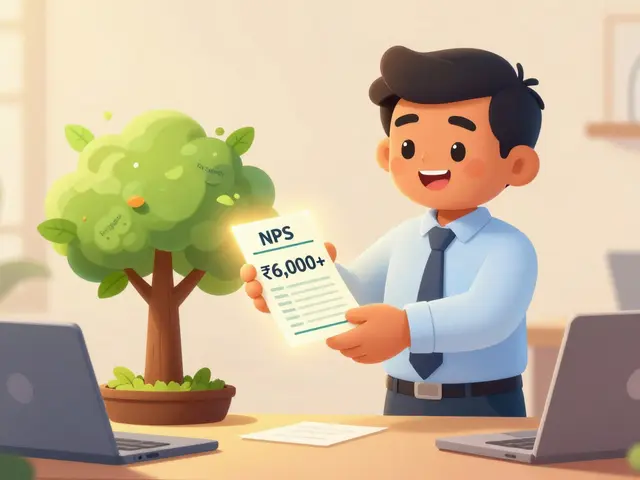
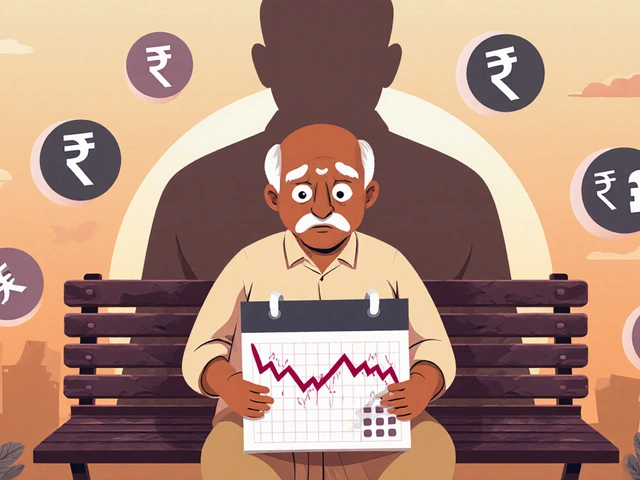
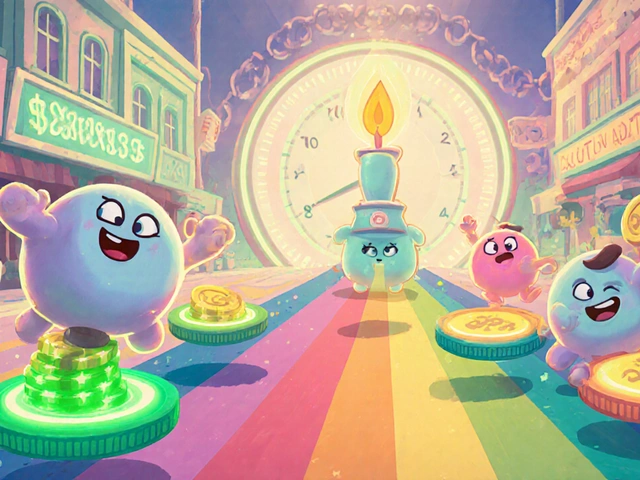

8 Comments
Veera Mavalwala
November 4 2025Oh honey, let me tell you-this city is a linguistic kaleidoscope wrapped in a turban and dipped in chai. Hindi? Sure, it’s the backbone, but it’s not the whole damn skeleton. You got Urdu whispering poetry in the alleys near Jama Masjid like it’s still the 1800s, and Bhojpuri shouting over rickshaw horns like it owns the damn street. And don’t even get me started on how English sneaks in like a college kid with AirPods pretending they’re ‘global’ but still calls their mom in Bhojpuri at 10 p.m. It’s not a language crisis-it’s a language symphony. People don’t switch languages out of necessity; they switch because each one carries a different version of their soul. You think you’re hearing dialects? No. You’re hearing history, grief, joy, and gossip all tangled up in one breath. And that’s beautiful. Don’t sanitize it with ‘official’ labels. Let it breathe.
Ray Htoo
November 6 2025This is one of the most beautifully written descriptions of linguistic plurality I’ve read in a long time. The way you describe Hindi and Urdu being nearly identical in speech but separated by script feels like a metaphor for so many things in India-shared roots, different identities. I’m from the U.S., where we treat language like a binary: English or nothing. But here, people layer their tongues like clothing. One for work, one for prayer, one for home. It’s not code-switching-it’s soul-switching. I wish more places understood that fluency isn’t about purity. It’s about belonging. And Prayagraj? It’s the masterclass.
Natasha Madison
November 7 2025Wait. So you’re telling me the government changed the name to erase Islamic history? That’s not cultural revival-that’s linguistic genocide. And now you’re glorifying Urdu as ‘just another dialect’? No. Urdu is the language of Mughals, of poets who defied colonialism. Hindi was forced on people by Hindu nationalists. This whole post is a cover-up. They’re erasing the truth. You think people say ‘Allahabad’ out of habit? No. They say it because it’s real. Prayagraj is a political stunt dressed as heritage. And you’re just repeating the propaganda. Wake up.
Sheila Alston
November 8 2025I’m just so disappointed in how this article romanticizes linguistic diversity without acknowledging the real pain behind it. People don’t speak Bhojpuri or Urdu because they ‘like’ it-they speak it because their families were pushed out of their homes during Partition, or because they migrated for work and never got to keep their own schools. This isn’t ‘layers of silt.’ It’s trauma wrapped in poetry. And now we’re celebrating it like it’s a tourist attraction? Where’s the accountability? Where’s the recognition that language preservation isn’t cute-it’s justice? I’m not mad, I’m just… heartbroken.
sampa Karjee
November 8 2025How quaint. A post about Prayagraj’s ‘linguistic richness’ written like it’s a cultural exhibit at the British Museum. Let’s be honest: Hindi is the only language that matters here. The rest are regional dialects-useful for nostalgia, irrelevant for progress. Urdu? A relic of colonial-era elite Muslim bureaucracy. Bhojpuri? A peasant tongue. English? The only language that opens doors. The rest are decorative. If you want to succeed in India, you learn Hindi and English. The rest? Keep it in the village. This sentimentalism about ‘layers’ is just another form of backwardness dressed up as authenticity. Real progress doesn’t need folk poetry.
Patrick Sieber
November 10 2025Brilliant piece. The way you describe the blending of Hindi and Urdu as nearly identical in speech but different in script is spot-on. It’s like how British and American English have the same grammar but different spellings-except here, the difference is political, not accidental. And the fact that people use English words embedded in Hindi grammar? That’s not broken language. That’s evolution. Language doesn’t die because of policy. It adapts. Prayagraj is living proof. The name change didn’t erase anything-it just gave people a new label to carry the same old stories. And honestly? That’s the most Indian thing I’ve ever read.
Kieran Danagher
November 12 2025So let me get this straight. You wrote a 2000-word essay on how Hindi and Urdu are basically the same language, then spent three paragraphs explaining that people say ‘Allahabad’ out of habit? Congratulations. You’ve just reinvented the wheel. Everyone in India knows this. The only person who didn’t know is the one who wrote the article. Also, ‘Khari Boli with Awadhi influence’? That’s like saying ‘New York accent with a touch of Brooklyn.’ Yeah. And? We’re impressed. Move on.
poonam upadhyay
November 13 2025Okay, but let’s be REAL for a second-this whole ‘Hindi is the glue’ narrative is just another way of saying ‘minority languages are tolerated but not valued.’ You mention Bhojpuri speakers are fluent in Hindi-sure, because they had to be! No school teaches Bhojpuri! No government funding! No media! And Urdu? You say it’s still used in mosques-great! But where are the Urdu-medium schools? Where’s the official recognition? You call it ‘layers’? No. It’s oppression with a smile. And you call it beautiful? That’s not appreciation-that’s colonial gaslighting. You’re not celebrating diversity-you’re commodifying it. And you wonder why people are angry? It’s because you’re writing this from a place of privilege while the real speakers are still fighting for basic recognition. Stop romanticizing. Start demanding.